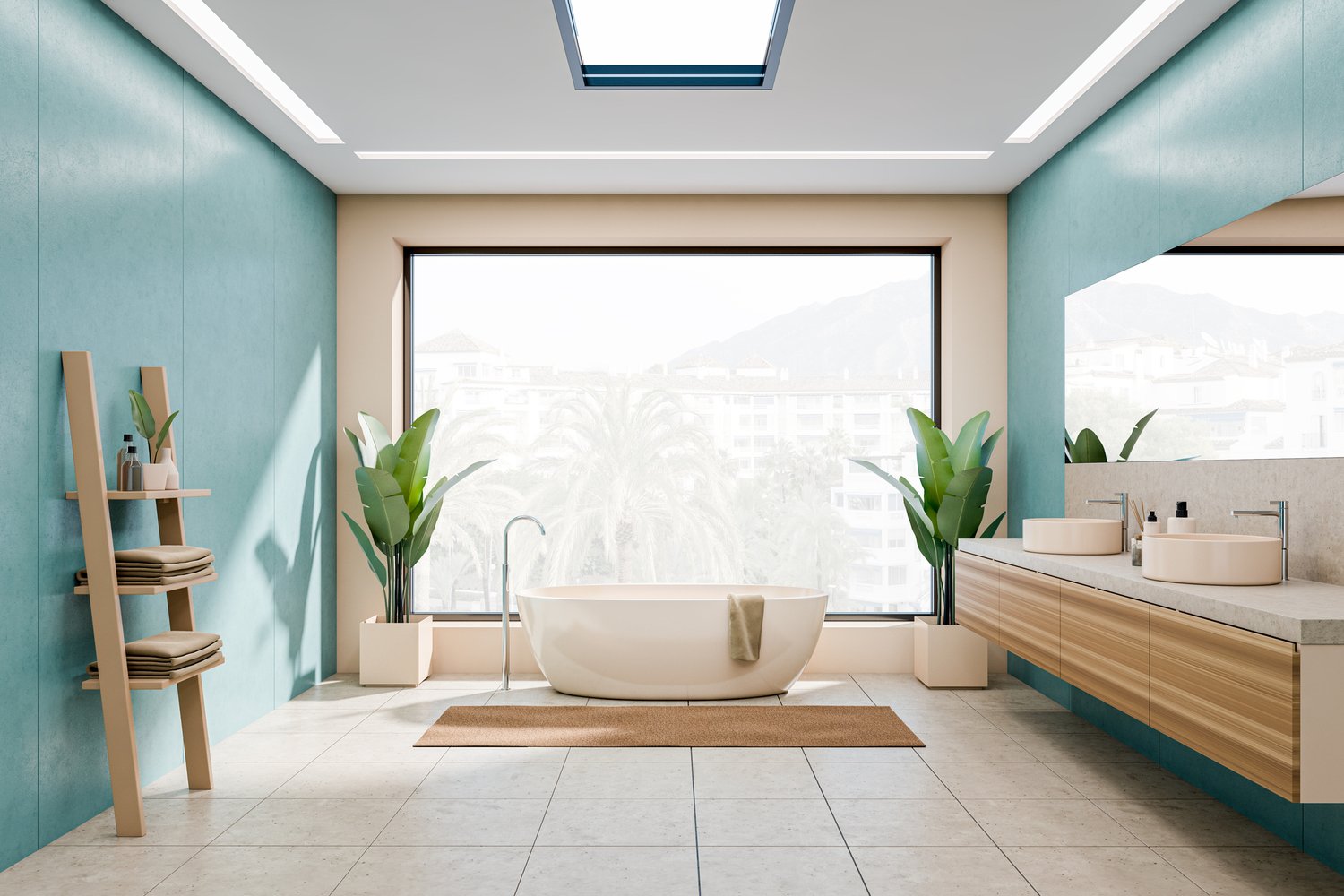The tiny house movement has gained tremendous momentum in recent years as people seek more affordable, environmentally friendly, and simplified lifestyles. These compact dwellings, typically between 100 and 400 square feet, offer a radical alternative to conventional housing while challenging our notions of how much space we truly need. This article explores the benefits and challenges of tiny home living, provides insights into small-scale housing considerations, and shares creative micro home design ideas to help you determine if downsizing might be right for you.
The Rise of the Tiny House Movement
The tiny house movement emerged as a response to several converging social and economic factors. Following the 2008 housing crisis, many people began questioning the sustainability of large mortgages and the environmental impact of sprawling homes. Small-scale housing offered an appealing alternative: dramatically reduced costs, minimal environmental footprint, and the opportunity to live with less financial stress. Today, tiny homes represent more than just affordable housing—they embody a philosophy centered on intentional living, environmental consciousness, and freedom from excessive consumption. The movement has evolved from a fringe lifestyle choice to a recognized housing option with dedicated television shows, communities, and even changes to building codes in some municipalities to accommodate these unique structures.
Key Benefits of Tiny Houses
The appeal of tiny home living extends far beyond simple cost savings. Perhaps the most immediate benefit is financial freedom—with significantly lower construction costs, reduced utility bills, and minimal maintenance expenses, many tiny homeowners find themselves debt-free for the first time in their adult lives. A well-designed tiny house might cost between $30,000 and $60,000, compared to the national average home price exceeding $350,000. This dramatic difference allows residents to allocate resources toward experiences, education, or retirement rather than housing costs.
Environmental advantages represent another significant benefit of tiny houses. These compact dwellings require fewer building materials, consume less energy for heating and cooling, and encourage conscious consumption due to limited storage space. Many tiny homes incorporate sustainable features like composting toilets, rainwater collection systems, and solar panels, further reducing their ecological footprint. For environmentally conscious individuals, this alignment of housing choice with personal values provides profound satisfaction.
Flexibility represents yet another advantage of small-scale housing. Many tiny homes are built on trailers, allowing owners to relocate as desired without selling property. This mobility appeals particularly to young professionals, retirees, and anyone seeking to change locations without the typical hassles of traditional real estate transactions. As noted by experts at AskHomey, this flexibility has made tiny homes increasingly popular among remote workers who want to combine affordable housing with the freedom to experience different communities.
Challenges of Downsizing
Despite its benefits, tiny home living presents significant challenges that potential downsizers should carefully consider. Storage limitations rank among the most immediate practical hurdles. Living in a tiny house necessitates ruthless decluttering and ongoing mindfulness about purchases. For those accustomed to spacious closets and basement storage, the transition can prove emotionally difficult as cherished possessions must sometimes be sold or donated.
Zoning regulations and legal considerations create another layer of complexity. Many municipalities have minimum square footage requirements for permanent dwellings, forcing tiny homeowners to navigate complicated legal terrain. Some park their homes in RV campgrounds, while others purchase rural land with fewer restrictions. Before investing in a tiny house, thorough research into local regulations is essential to avoid potential legal complications.
Social dynamics also change in compact spaces. For couples or families, privacy becomes a precious commodity in tiny homes. Without separate rooms to retreat to during disagreements, residents must develop strong communication skills and conflict resolution strategies. The intimacy of shared space can strengthen relationships but may also intensify tensions.
Innovative Micro Home Design Solutions
Successful tiny home living depends heavily on thoughtful micro home design that maximizes functionality in minimal square footage. Multi-purpose furniture represents a cornerstone of effective tiny house design—beds that convert to sofas, dining tables that transform into desks, and stairs incorporating drawers and cabinets. These ingenious solutions allow spaces to serve multiple functions throughout the day.
Vertical space utilization proves equally important in tiny home design. Loft sleeping areas, wall-mounted storage systems, and tall cabinets take advantage of cubic footage rather than just floor space. Many tiny house designers incorporate clever storage solutions into every available nook, from under-floor compartments to ceiling-mounted racks.
Natural light plays a crucial role in making small spaces feel more expansive. Well-placed windows, skylights, and glass doors create visual connections to outdoor areas, psychologically extending living space beyond physical walls. Light color palettes, mirrors, and minimal visual barriers further enhance this sense of spaciousness within compact footprints.
Is Tiny Living Right for You?
Determining whether small-scale housing suits your lifestyle requires honest self-assessment. Consider your comfort with minimalism, your need for privacy and personal space, and your willingness to adapt daily routines. Many prospective tiny homeowners benefit from testing the experience by renting a tiny house for a vacation before committing to full-time tiny living.
The tiny house movement offers a compelling alternative to conventional housing, combining financial benefits with environmental consciousness and intentional living. While not for everyone, these compact dwellings provide an opportunity to reimagine our relationship with space, possessions, and housing costs. For those willing to embrace its unique challenges, tiny home living can deliver remarkable freedom and satisfaction.
For more tips and to connect with reliable home service professionals, follow AskHomey on Facebook and Instagram.



